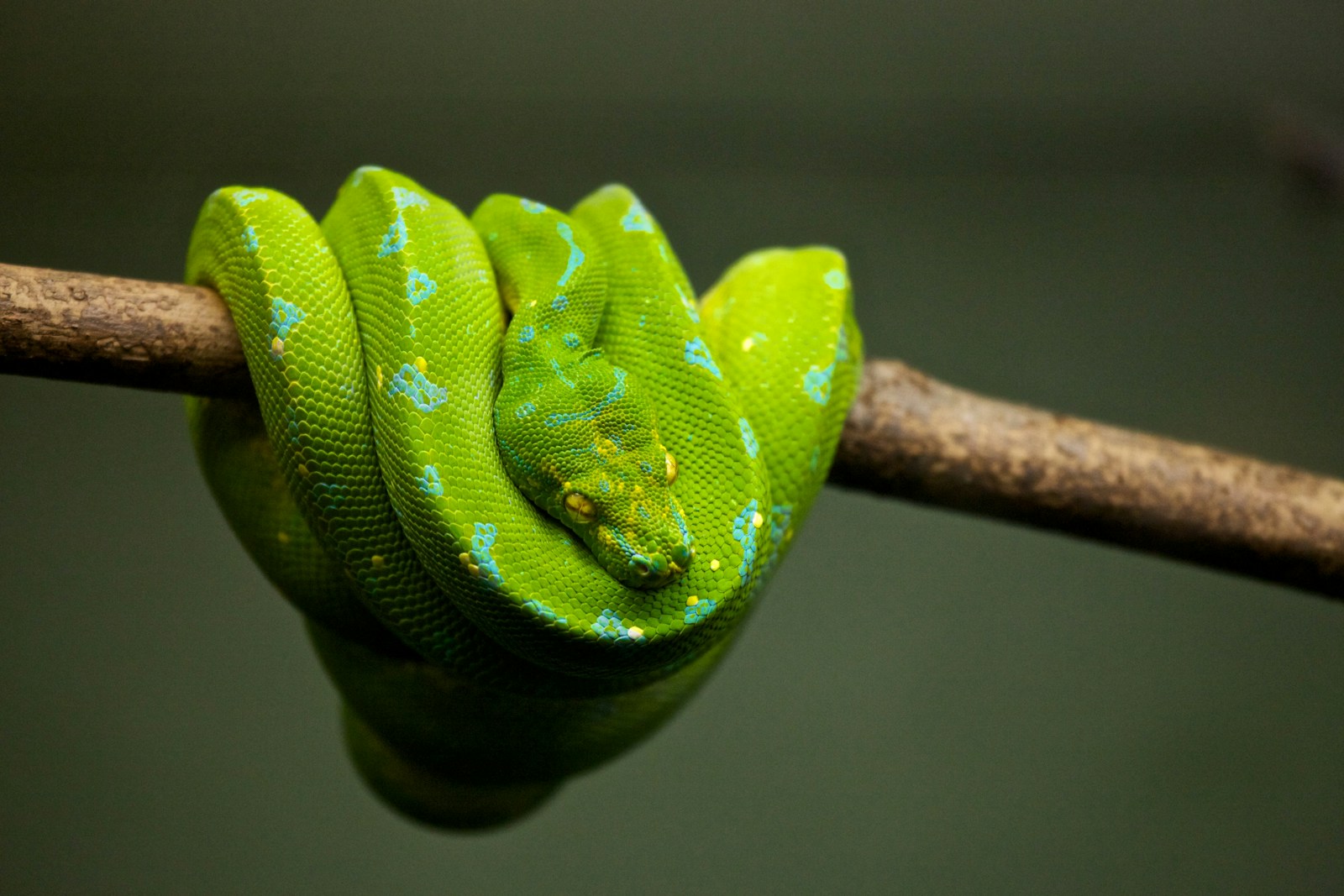For reptile enthusiasts with deep pockets, the world of exotic pet snakes offers some truly remarkable specimens that command extraordinary prices. Beyond the common corn snakes and ball pythons that populate many reptile collections, there exists a realm of rare, visually stunning, and genetically unique serpents that can cost as much as a luxury car. These high-end snakes represent the pinnacle of selective breeding, genetic mutation development, and rarity in the reptile keeping hobby. Their jaw-dropping price tags often reflect years—sometimes decades—of careful breeding work, exceptional coloration and patterns, or extreme scarcity in the wild. This comprehensive guide explores the most expensive pet snake breeds available in the exotic pet market today, examining what makes them so valuable and what potential owners should know before making such a significant investment.
Lavender Albino Ball Pythons: Royal Serpents with Royal Price Tags
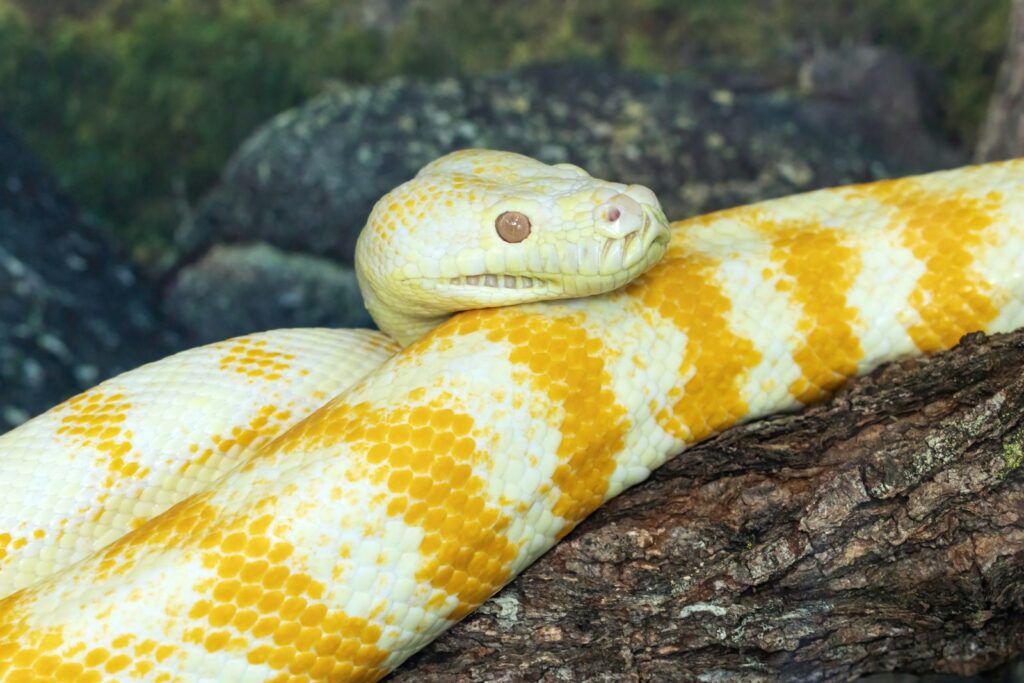
The Lavender Albino Ball Python represents one of the most coveted color morphs in the python world, with specimens commanding prices between $5,000 and $15,000 depending on the lineage and quality. First developed in the early 2000s, these snakes display a stunning lavender-pink base color with yellow patterns and striking red eyes that captivate collectors worldwide. The original breeder of this morph reportedly sold the first specimens for over $40,000 each, though prices have stabilized somewhat as more breeders have established successful breeding programs. What makes these snakes particularly valuable is the recessive nature of the genetic trait, requiring careful breeding plans spanning multiple generations to produce consistent results, and the difficulty in achieving the perfect lavender hue that serious collectors demand.
Sunset Ball Pythons: The $20,000 Sunset Wonder
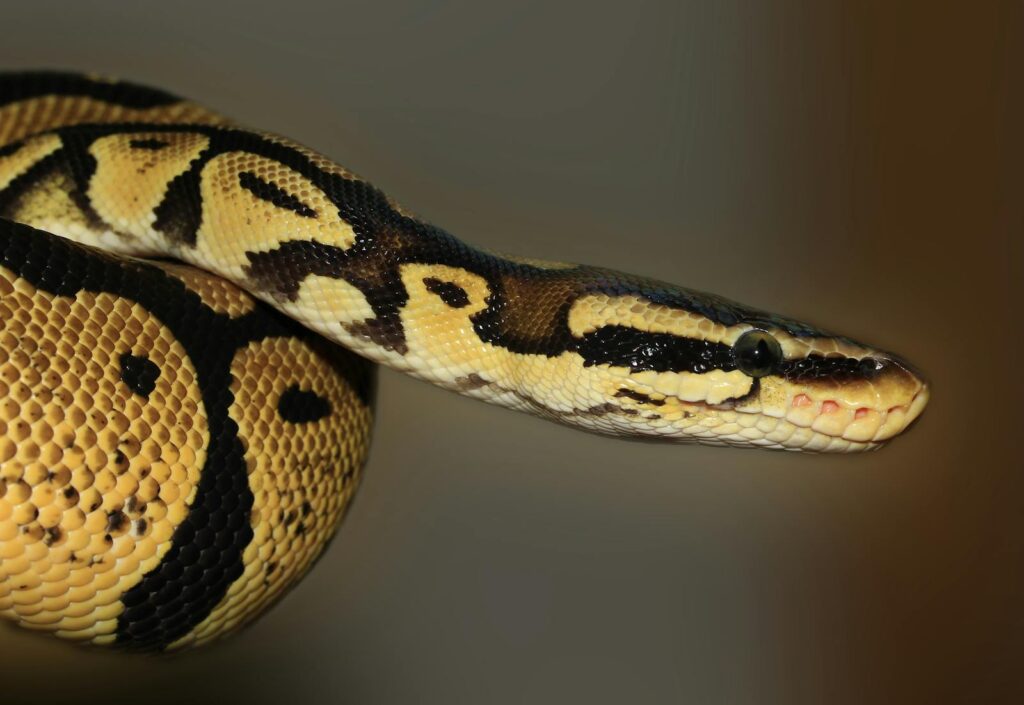
The Sunset Ball Python morph represents the cutting edge of python genetics, with top specimens regularly fetching between $15,000 and $25,000 on the specialist reptile market. These extraordinary snakes display rich orange-red coloration that appears to glow from within, creating the impression of a perpetual sunset wrapped around the snake’s body. The genetics behind this striking appearance involve multiple co-dominant and recessive genes working in harmony, making the breeding process exceptionally complicated and success rates relatively low compared to simpler morphs. First appearing around 2010, these snakes remain relatively rare in collections, with only a handful of breeders worldwide consistently producing high-quality specimens that meet the exacting standards of serious collectors. Beyond their spectacular appearance, Sunset Ball Pythons have developed a reputation for excellent temperaments, making them not just visually stunning but also practical pets for those who can afford their astronomical price tags.
Blue-Eyed Leucistic Ball Pythons: The Perfect White Serpent
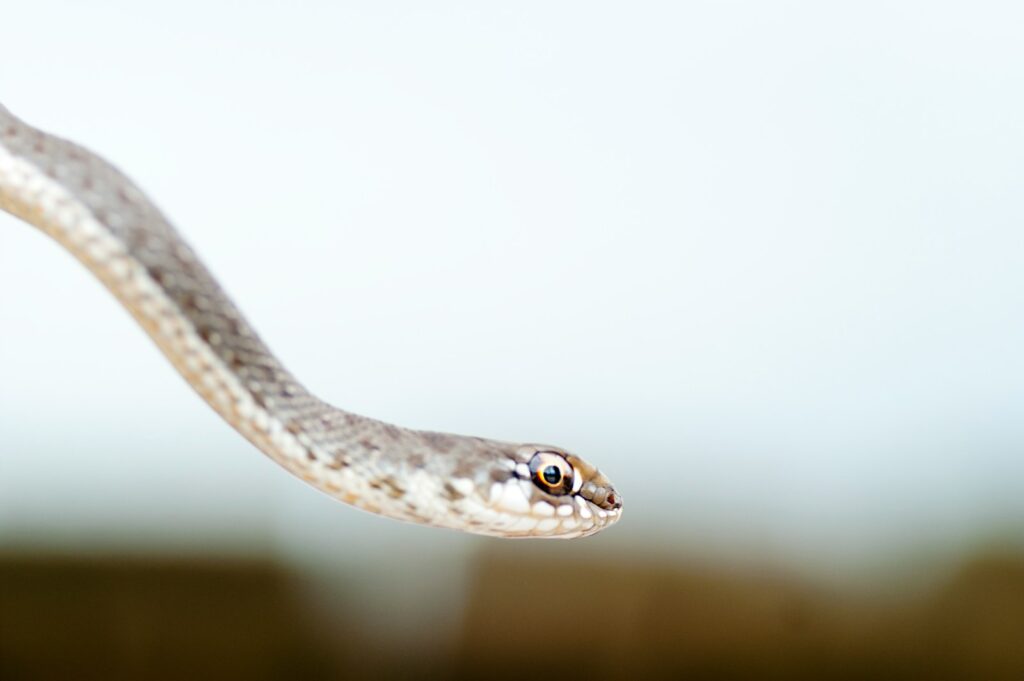
The Blue-Eyed Leucistic Ball Python, often abbreviated as “BEL,” represents one of the most striking color morphs available in the reptile hobby, with premium specimens commanding prices between $4,000 and $7,000. These snakes feature a completely snow-white body devoid of any pattern, contrasted dramatically with piercing blue eyes that give them an almost otherworldly appearance. Unlike albino snakes, leucistic specimens have normal pigmentation in their eyes, creating this distinctive blue coloration that makes them immediately recognizable to enthusiasts. The genetics behind these snakes involve specific combinations of recessive genes, with certain bloodlines (particularly the Russo line) being especially prized for producing the cleanest, brightest white coloration without any yellow or cream undertones that can diminish their value. For collectors seeking the ultimate statement snake, the Blue-Eyed Leucistic represents the perfect balance of dramatic appearance and relatively manageable size in the ball python family.
Scaleless Ball Pythons: Smooth Innovation at Premium Prices
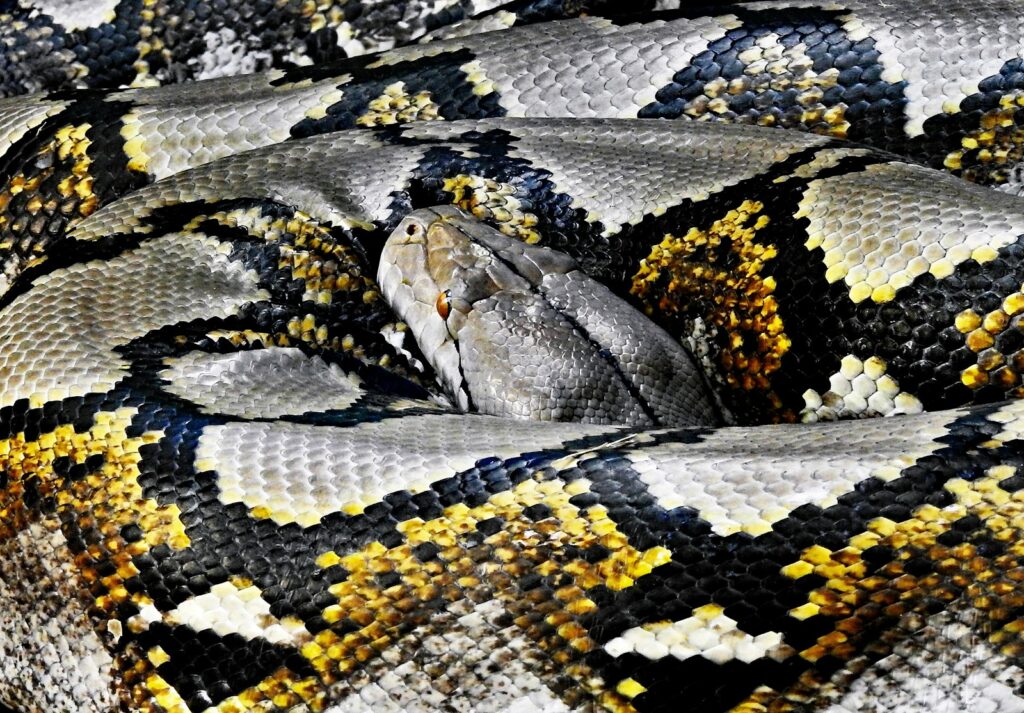
Scaleless Ball Pythons represent one of the most revolutionary developments in snake breeding, with prices ranging from $10,000 to $20,000 for quality specimens with desirable color morphs. These remarkable snakes lack the traditional scales covering most of their bodies, giving them a uniquely smooth texture that feels similar to suede rather than the typical dry, scaly sensation of conventional snakes. First established as a viable breeding line around 2013, scaleless pythons resulted from an extremely rare genetic mutation that required years of careful selective breeding to stabilize and combine with other desirable traits. The scaleless condition creates unique care requirements, as these snakes are more susceptible to dehydration and physical damage than their scaled counterparts, requiring owners to maintain specific humidity levels and provide careful handling. When combined with high-end color morphs like sunset or clown patterns, scaleless specimens can reach the upper echelons of snake pricing, with some unique combinations selling for well over $25,000 at specialized reptile expos.
GHI Black Axanthic Ball Pythons: The Midnight Marvel
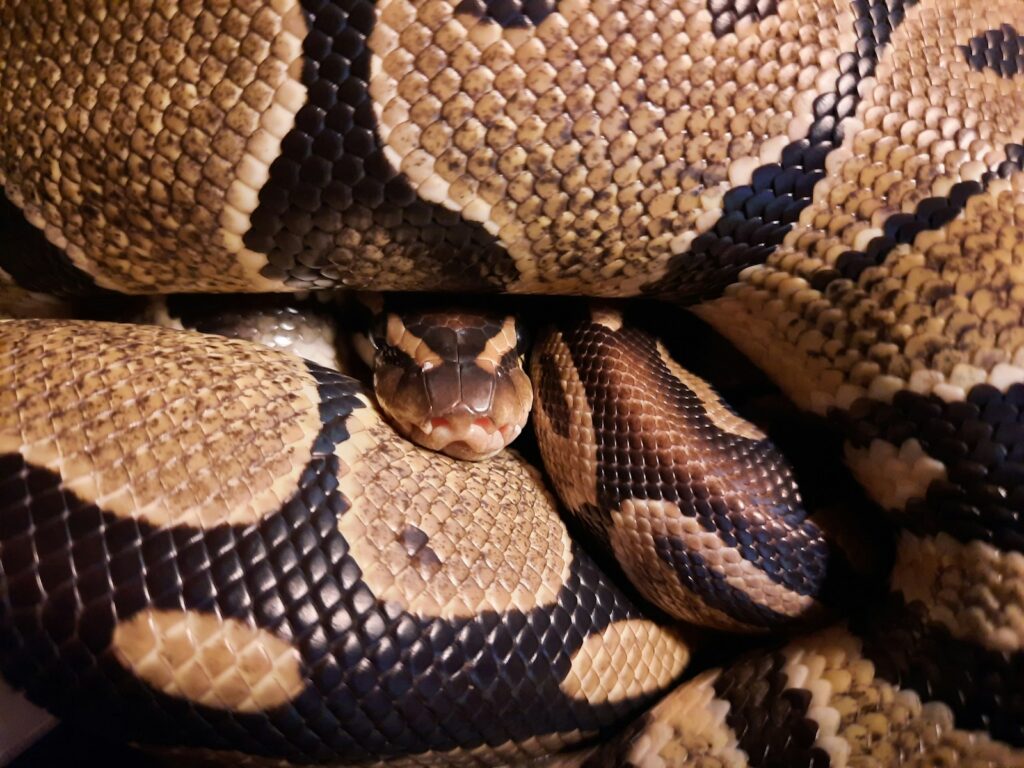
The GHI Black Axanthic Ball Python represents the pinnacle of dark-phase breeding projects, with specimens regularly selling for $7,000 to $12,000 depending on intensity and pattern quality. These remarkable snakes display an almost pure black appearance with minimal patterning visible only under strong direct light, creating a mysterious, shadow-like presence that captivates collectors seeking something truly different. The complex genetics behind this appearance involve multiple genetic lines working together – the GHI (Gotta Have It) gene combined with specific axanthic lines that remove yellow pigmentation, resulting in a snake that approaches true black more closely than almost any other morph available. First developed in the mid-2010s, these pythons remain relatively rare in collections, with each generation seeing breeders working toward ever darker specimens that maintain the healthy body weight and robust constitution required for successful breeding. For collectors fascinated by melanistic animals, the GHI Black Axanthic represents the ultimate expression of darkness in the python world.
Albino Green Burmese Pythons: Gentle Giants with a Price
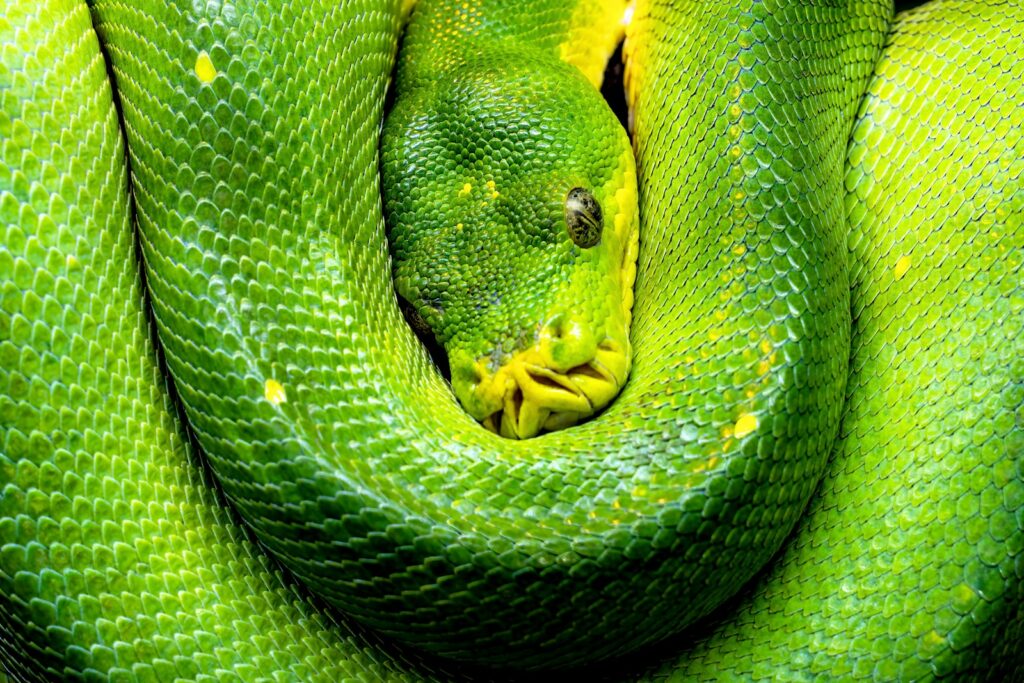
The Albino Green Burmese Python represents one of the most spectacular large snake morphs available, with specimens commanding prices between $4,000 and $8,000 depending on color intensity and pattern definition. These massive snakes combine the impressive size of Burmese pythons, which can reach lengths of 15-18 feet, with a striking albino coloration featuring bright yellow and white patterns that can develop a unique greenish hue as they mature. First established in captive breeding during the late 1990s, these snakes initially commanded prices upward of $30,000 before more breeders successfully produced them. The appeal of these giants goes beyond their coloration, as they also tend to display the docile temperament that has made Burmese pythons popular despite their formidable size, though potential owners must seriously consider the substantial space and care requirements these pythons demand throughout their 20+ year lifespan. Strict regulations in many states regarding large constrictor ownership have actually driven up prices in areas where they remain legal, creating regional price variations unmatched in smaller snake species.
T+ Albino Reticulated Pythons: Golden Giants
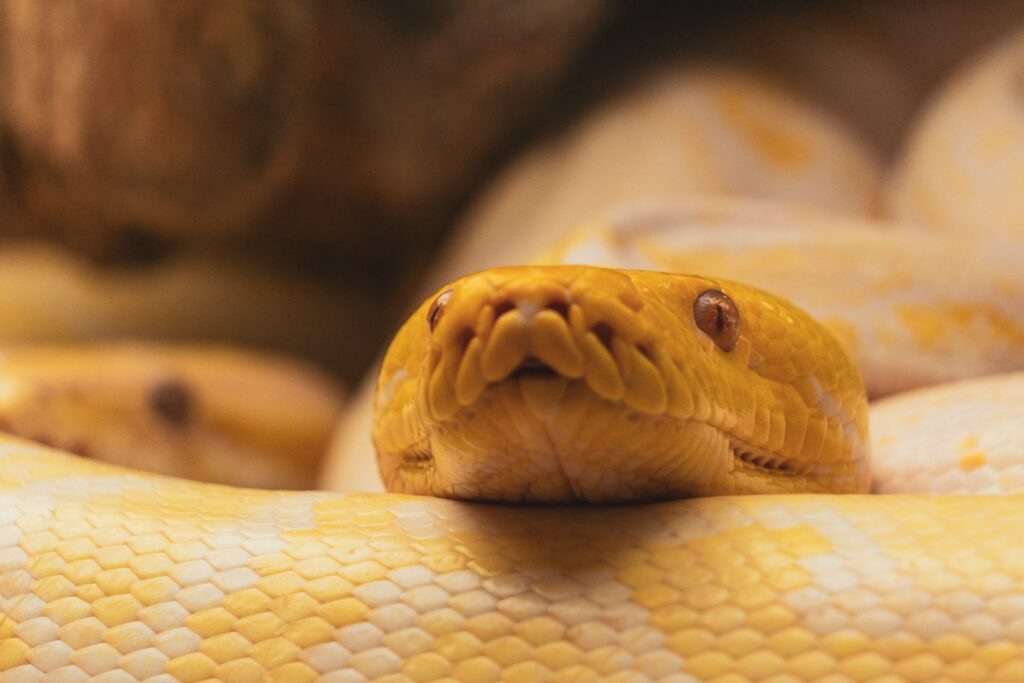
The T+ Albino Reticulated Python represents the pinnacle of large snake collecting, with premium specimens fetching between $10,000 and $25,000 depending on pattern quality and bloodlines. These magnificent pythons display a brilliant golden-yellow base color with white patterning and red eyes, creating an unmistakable appearance that stands out even in the most exclusive collections. The “T+” designation refers to a specific type of albinism that produces more intense coloration than standard albino specimens, making these snakes particularly prized among serious collectors seeking the most vibrant examples available. When fully grown, these pythons can reach lengths exceeding 20 feet, though most captive specimens typically mature at 14-16 feet—still an enormous commitment requiring specialized housing, substantial food costs, and expert handling skills. First developed by pioneer breeder Bob Clark in the early 2000s, these pythons remain relatively rare despite growing interest in “designer” reticulated pythons, with the best examples typically changing hands only between established collectors through private sales rather than appearing on the open market.
Leucistic Texas Rat Snakes: The $5,000 White Serpent
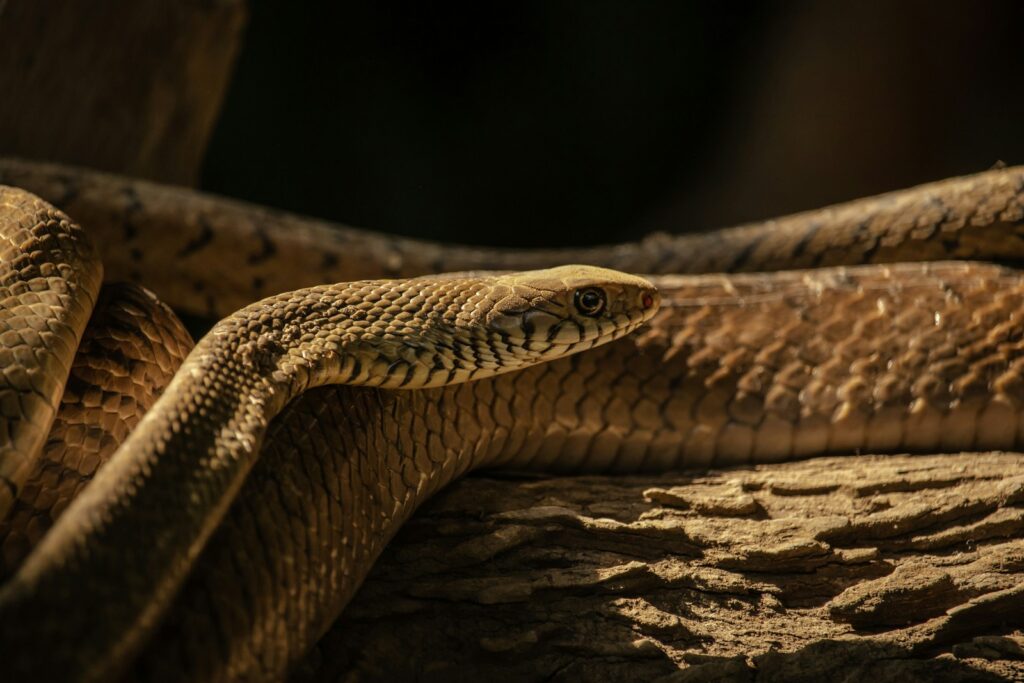
The Leucistic Texas Rat Snake represents one of the most valuable non-python species in the snake hobby, with exceptional specimens commanding prices between $3,000 and $5,000. These striking snakes display a pristine white coloration across their entire body with dark, contrasting eyes—a dramatic departure from the typical patterned appearance of standard Texas rat snakes. Unlike many expensive snake morphs that result from captive breeding programs, leucistic Texas rat snakes have occasionally been found in the wild, though these natural specimens are extraordinarily rare and often end up in institutional collections rather than private hands. The first captive breeding success with this morph occurred in the 1980s, but propagation has remained challenging, with relatively few breeders consistently producing high-quality leucistic specimens, maintaining their value despite decades in the hobby. For collectors seeking a manageable-sized snake with dramatic appearance, the leucistic Texas rat snake offers a more practical alternative to the giant white pythons while still commanding respect for its rarity and striking ghostly appearance.
Pink Pastel Boas: South American Beauty with a Hefty Price Tag
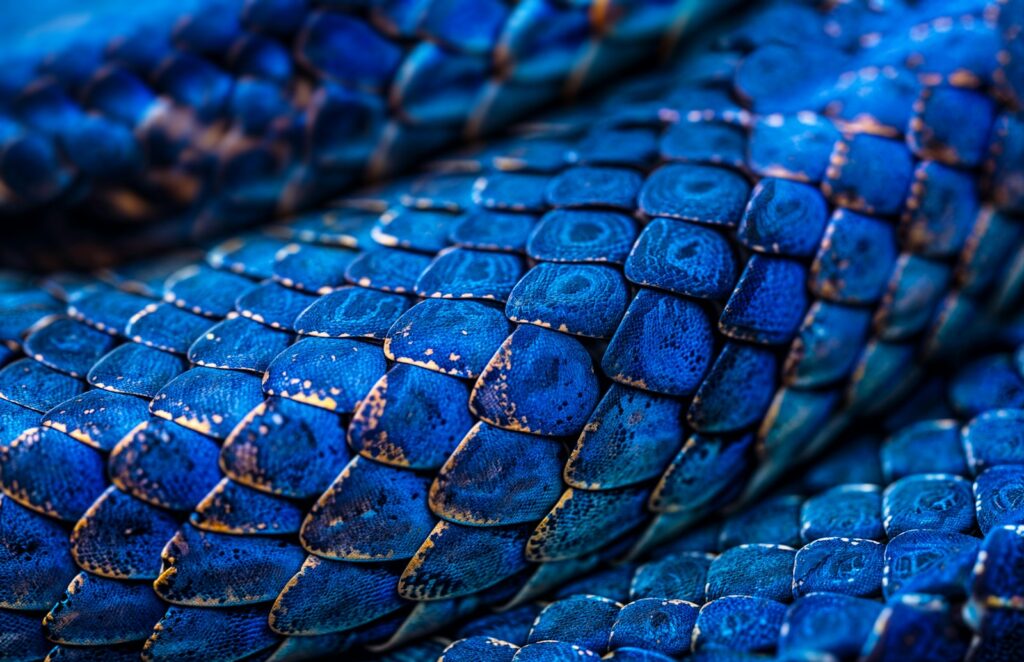
The Pink Pastel Boa Constrictor represents one of the most visually stunning morphs in the boa world, with premium specimens selling for between $5,000 and $10,000 depending on intensity and clarity of coloration. These exceptional snakes display various shades of pink, salmon, and soft coral tones throughout their bodies, creating an almost surreal appearance that seems more suited to a fantasy film than a living reptile. First developed through selective breeding programs in the early 2000s, these boas result from the careful combination of several genetic traits that must be maintained through meticulous breeding plans spanning multiple generations. Unlike some expensive morphs that may have health issues, Pink Pastel Boas typically maintain the robust constitution and reasonable size (6-8 feet) that has made boa constrictors popular among serious reptile keepers. The most valuable specimens display what breeders call “hyper-pink” coloration, with nearly fluorescent-looking salmon hues that remain vibrant throughout the snake’s life rather than fading as the animal matures—a quality that serious collectors willingly pay premium prices to acquire.
Palm Beach County Corn Snakes: The $8,000 Golden Corn
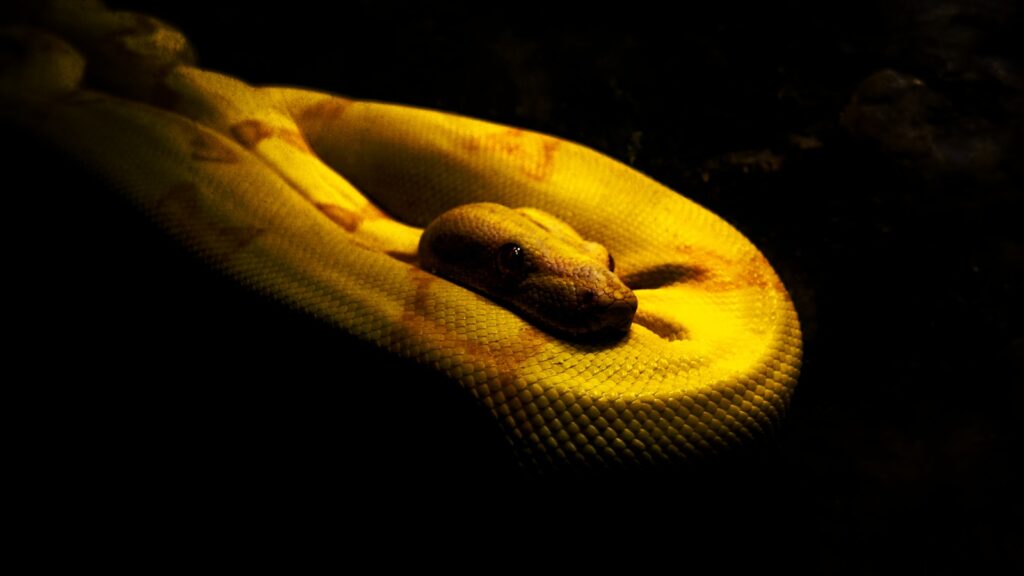
The Palm Beach County Corn Snake represents one of the most extraordinary price anomalies in the snake world, with the rarest specimens commanding prices between $5,000 and $8,000 despite corn snakes typically being among the most affordable pet snakes available. These remarkable snakes feature an intensely golden-yellow coloration with minimal patterning, creating an almost metallic appearance that exists nowhere else in the corn snake gene pool. The lineage traces back to a single wild-caught specimen discovered in Palm Beach County, Florida, in the late 1980s, and descendants have maintained the distinctive appearance through careful selective breeding. Unlike most expensive snakes that involve complex genetic mutations, the Palm Beach corn snake appears to be a locality-specific natural variant that cannot be recreated through genetic combinations of other corn snake morphs, giving it a unique position in the market. For collectors seeking exclusivity within a manageable, docile species, these corn snakes represent the pinnacle of the hobby, with their value driven by extreme rarity rather than size or complexity of care.
Green Tree Pythons: Premium Locality Specimens
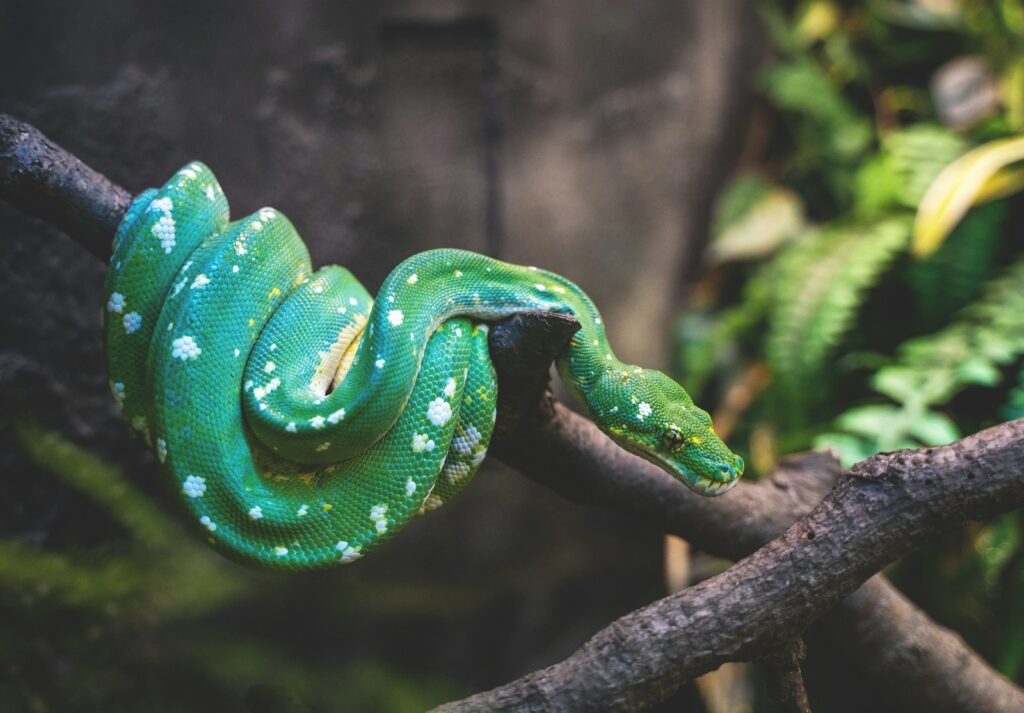
High-end locality-specific Green Tree Pythons represent some of the most sought-after display snakes in the world, with premium specimens from specific island populations commanding prices between $4,000 and $10,000. These arboreal specialists are renowned for their spectacular adult coloration, with the most valuable specimens displaying intense emerald green bodies highlighted with blue dorsal markings or distinctive “blue dots” along their spines that identify them as coming from locations like Biak Island or Aru. Unlike many expensive snakes that derive their value from captive-produced color morphs, the most valuable green tree pythons come from specific geographic origins that produce naturally distinctive colorations and patterns which cannot be replicated through selective breeding. Serious collectors value animals with documented locality provenance, particularly those from remote locations where wild collection has become restricted or prohibited, driving prices upward as these bloodlines become increasingly rare in captivity. Beyond their striking appearance, these pythons require specialized care including elevated humidity, appropriate perching, and careful temperature management, making them suitable only for committed keepers with experience handling the sometimes temperamental species.
Melanistic Eastern Indigo Snakes: The $10,000 Conservation Case
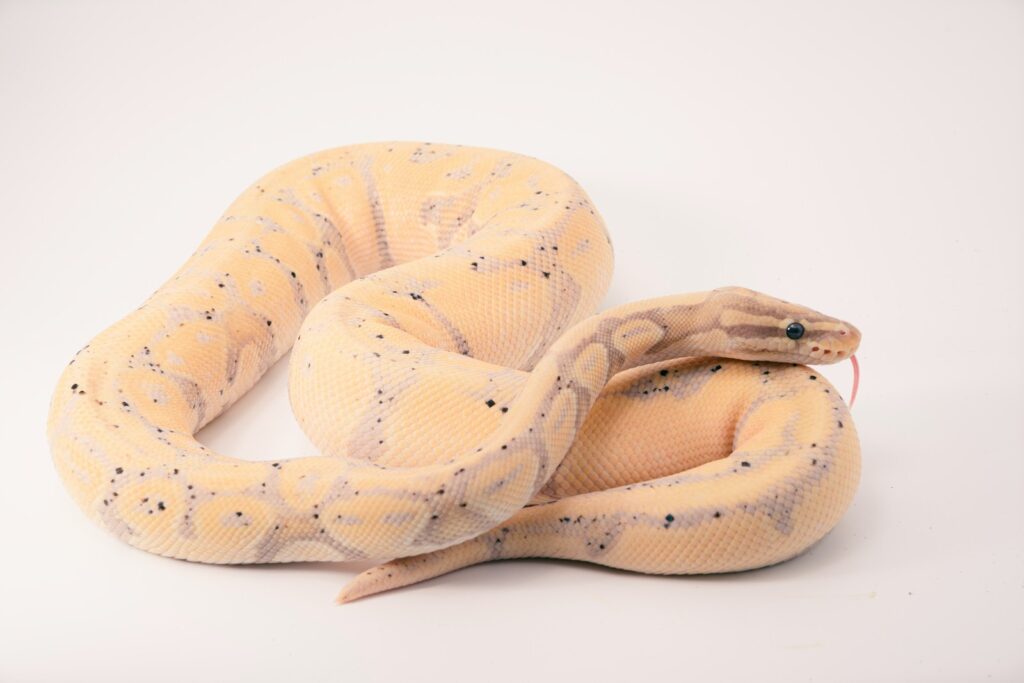
The Melanistic Eastern Indigo Snake represents one of the most unusual cases in the high-end snake market, with specimens commanding prices between $8,000 and $12,000 when rarely available. Unlike most expensive snakes valued primarily for their appearance, the extraordinary price of these captive-bred indigos reflects their extreme rarity in breeding programs and their status as a federally threatened species with strict regulations governing ownership. These magnificent snakes display an intensely black coloration with a distinctive blue iridescence visible in natural light, growing to impressive lengths of 7-8 feet while maintaining a relatively slender build compared to similarly-sized constrictors. Eastern indigos are renowned among herpetologists for their intelligence, often described as having distinct personalities and the ability to recognize their keepers—qualities that further enhance their appeal among serious collectors. The melanistic form is particularly prized as it enhances the natural dark coloration of the species to create an almost obsidian-like appearance that no other North American snake can match, with the limited availability of legally acquired breeding stock ensuring these snakes will remain among the most expensive species available to private keepers.
Investing in Expensive Snake Breeds: What Potential Owners Should Consider
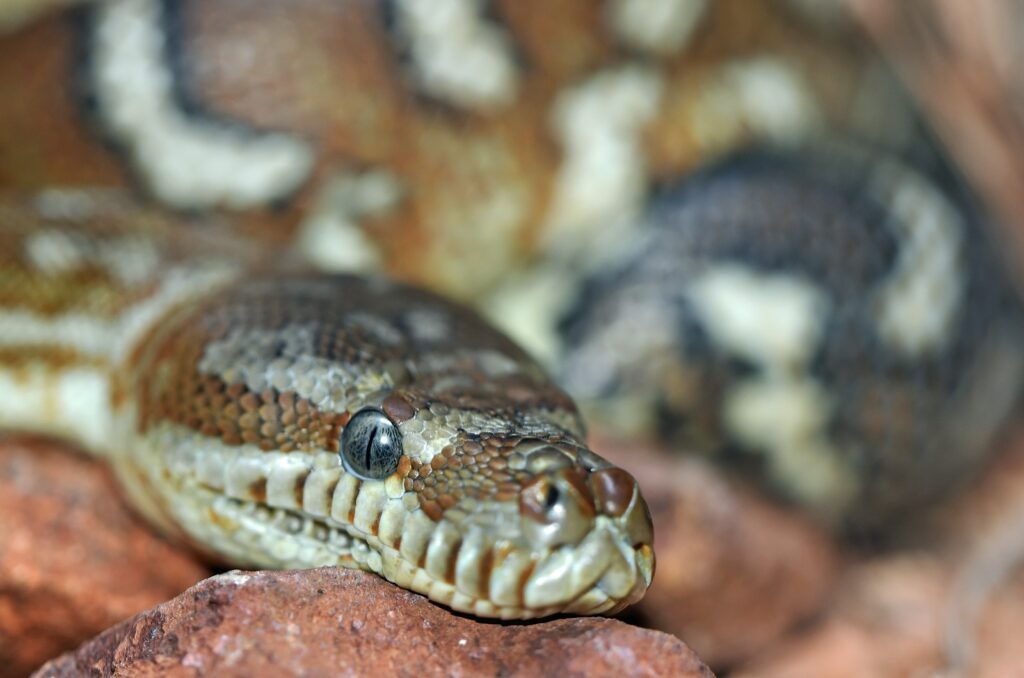
Before investing thousands of dollars in a premium snake specimen, potential owners should carefully evaluate several critical factors that extend beyond the initial purchase price. First, specialized veterinary care for exotic reptiles can be exceptionally costly and is often difficult to find outside major metropolitan areas, making geographical location a significant consideration for owners of valuable specimens. Second, the genetic history of expensive morphs often involves intensive inbreeding to isolate specific traits, potentially leading to health issues including neurological problems, reproductive difficulties, or reduced immune function—issues that serious buyers should thoroughly investigate before purchase. Insurance options for high-value reptiles exist but typically come with substantial premiums and strict housing requirements that must be maintained to keep the policy valid. Perhaps most importantly, potential owners should recognize that the market value of expensive morphs can fluctuate dramatically as breeding success increases availability, with snakes that once sold for tens of thousands potentially dropping to a fraction of that value within a few breeding seasons—making these purchases passion investments rather than financial ones in most cases.
Conclusion: Beyond the Price Tag
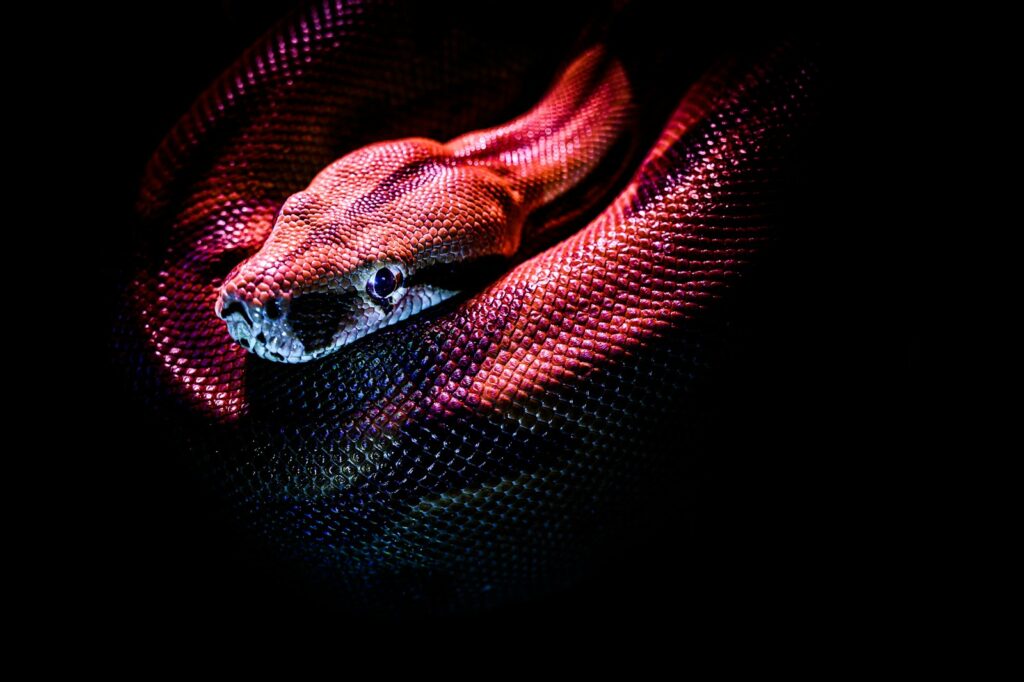
The world of premium pet snakes represents a fascinating intersection of art, science, and collecting passion that continues to push the boundaries of what’s possible through selective breeding and genetic understanding. While the price tags attached to these extraordinary serpents may seem staggering to outsiders, dedicated enthusiasts recognize them as living works of art representing decades of selective breeding, genetic knowledge, and careful husbandry. For serious collectors, these snakes offer not just the prestige of ownership but the opportunity to participate in the ongoing development of new color patterns and genetic combinations that may become tomorrow’s most sought-after specimens. Yet potential owners should approach these investments with clear-eyed understanding of the responsibilities involved—these are living creatures requiring specialized care for decades, not simply status symbols. The most successful keepers of premium snakes balance their appreciation for these animals’ monetary value with genuine passion for the species and commitment to their proper care, ensuring these remarkable creatures receive the specialized attention their premium status deserves.

